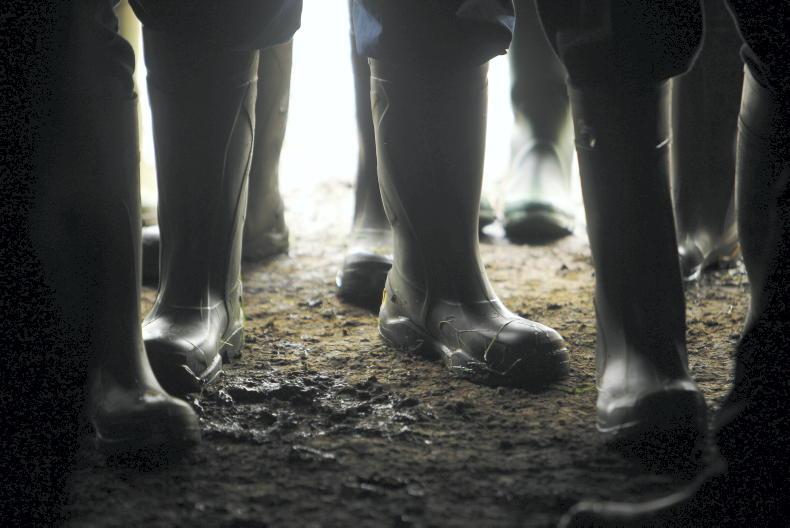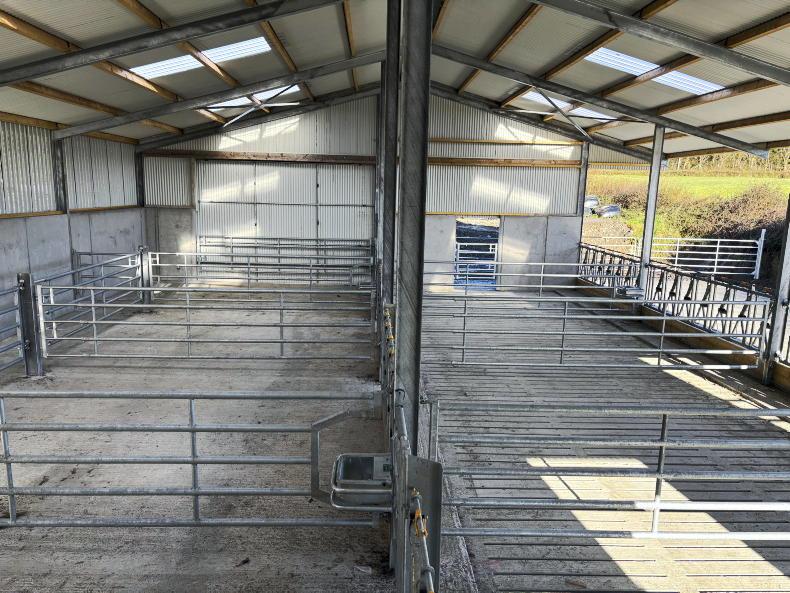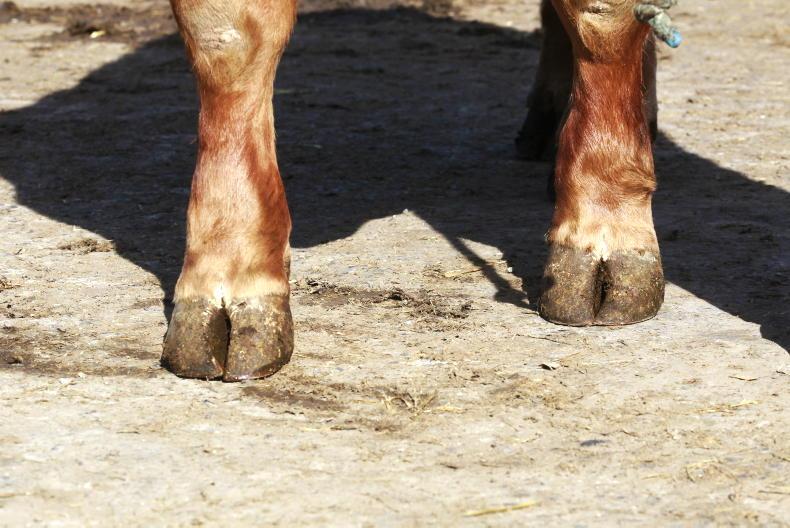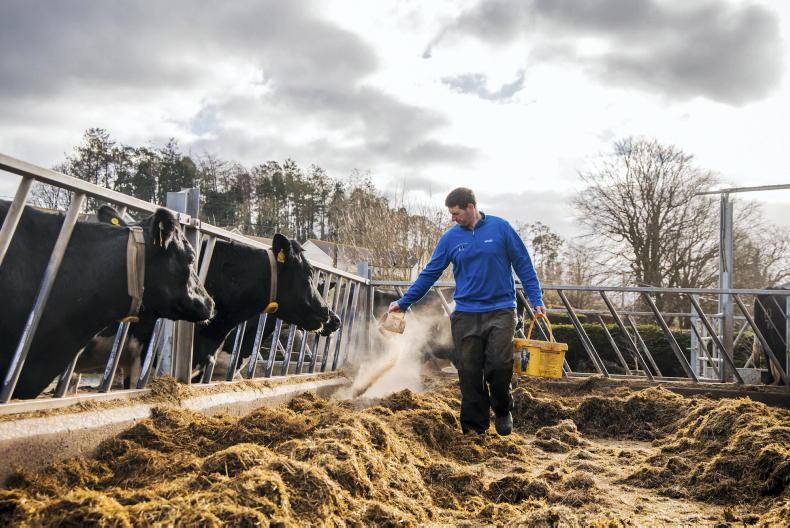Farmers will no longer be allowed to stack silage more than two bales high unless they have an effluent collection facility. The new rules come into force this year, a senior Department of Agriculture official has said.
If farmers are found to be in breach of this new rule upon inspection, they will be subject to cross compliance or conditionality penalties, Ted Massey told the Irish Farmers Journal nitrates information meeting in Portlaoise last Thursday.
“This is something for farmers to take into consideration when they are stacking silage bales this coming summer.
“If the farmer has effluent collection facilities it’s fine but in the absence of that, those bales should not be stored more than two bales high,” Massey said. He confirmed that farmers who have bales already stacked from last year will not be subject to these penalties.
“This was only signed into law in 2022, so it’s only fair to give farmers a lead-in time, so if there is silage there from 2022 or before, I would be telling an inspector not to consider that an issue,” he said.
If silage is very low, in dry matter (ie wet very bales) effluent can seep, even if bales are stacked just one bale high. A single row of bales can emit 24l of effluent per tonne of silage, while two bales stacked can emit 41l per tonne. Some research indicates this effluent rate is not much higher even if they are stacked three bales high.
Watch back: Irish Farmers Journal nitrates meeting.
Hundreds of farmers attended information meetings hosted by the Irish Farmers Journal which featured speakers from the Department of Agriculture, the Local Authority Waters Programme (LAWPRO) and the IFA.
Here’s a chance to catch up with what was heard and seen at the meetings.
Inspections
Farmers will be inspected by on-farm inspections and not through satellite inspections.
Massey said that satellite inspections would not be able to determine how high the stack is. Penalties will vary on the severity of the issue and where the farm is located relative to watercourses.
“If the effluent is seeping out and going into a watercourse and killing fish, that’s very different to a situation where it’s running across the yard or into to a field,” he said.










SHARING OPTIONS